for mechanical and plant engineering
Exciting insights into scientific findings from colleges, universities and institutes based on engineering sciences
Image: Dassault Systèmes

for mechanical and plant engineering
Exciting insights into scientific findings from colleges, universities and institutes based on engineering sciences
Image: Dassault Systèmes
We present results from the field Applied Research or applied sciences. Students, graduates, professors and other employees at universities, institutes and companies give exciting insights into their scientific knowledge based on engineering for example Drive Technology, Automation, Electrical Engineering, Automotive engineering, Medical Technology and food technology, to name just a few.
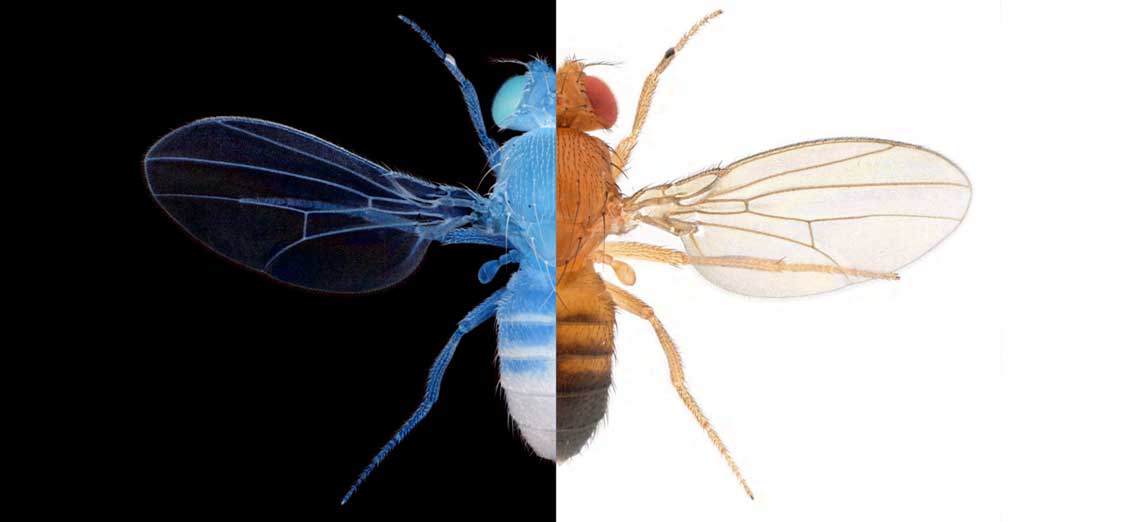
Institute and University as well as the Research departments of companies create new trends based on their research findings from the individual sciences. In addition to basic research, applied research usually focuses on specific applications that are raised to a new level through new scientific findings. Research results often become the trendsetter or problem solver.
Various universities and the departments of the Fraunhofer Institute report on their research results - find out more about the Trends of the future!
 The scientists of Martin-Luther-University Halle-Wittenberg (MLU) have produced an insect repellent in a 3D printer. The 3D printer first encapsulates the insect repellent and shapes it into the desired shape. This can be a ring that the user wears on their finger, for example. The finger ring releases the agent that is supposed to drive away the mosquitoes over a longer period of time. The research team reports on the work in the "International Journal of Pharmaceutics".
The scientists of Martin-Luther-University Halle-Wittenberg (MLU) have produced an insect repellent in a 3D printer. The 3D printer first encapsulates the insect repellent and shapes it into the desired shape. This can be a ring that the user wears on their finger, for example. The finger ring releases the agent that is supposed to drive away the mosquitoes over a longer period of time. The research team reports on the work in the "International Journal of Pharmaceutics".
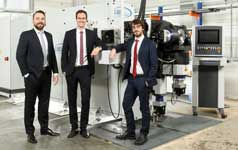 At the TUM the processing of new materials with existing production methods in bending technology has been taken on. Using the practical example of a free-form bending machine from J. New plays the IoT CNC control module DAU from Mitsubishi Electric an essential role. At the Chair of Forming Technology and Casting of Prof. Dr.-Ing Wolfram Volk, research is currently being carried out on projects that could bring decisive further developments for bending technology.
At the TUM the processing of new materials with existing production methods in bending technology has been taken on. Using the practical example of a free-form bending machine from J. New plays the IoT CNC control module DAU from Mitsubishi Electric an essential role. At the Chair of Forming Technology and Casting of Prof. Dr.-Ing Wolfram Volk, research is currently being carried out on projects that could bring decisive further developments for bending technology.

Sectors such as pharmaceuticals, biotechnology and cosmetics rely on nanoparticles to give their products special properties with nanomaterials. the med University of Graz Spin-off Brave analytics has now achieved a breakthrough in counting nanoparticles in cooperation with the University of Graz: They count the small particles in real time and make the patented technology fit for the way into industry.
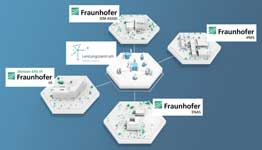 The economic consequences of unstable supply chains illustrate the importance of microelectronics, especially related to the present one chip shortage, Loud Fraunhofer technology sovereignty in research and development is required in order to be prepared for the future. New production facilities are also required in Europe. The high-performance center for functional integration in micro/nanoelectronics faces this challenge.
The economic consequences of unstable supply chains illustrate the importance of microelectronics, especially related to the present one chip shortage, Loud Fraunhofer technology sovereignty in research and development is required in order to be prepared for the future. New production facilities are also required in Europe. The high-performance center for functional integration in micro/nanoelectronics faces this challenge.
Interstellar Lab introduces the self-sustaining system for food production Biopod, which is sustainable human Life on Mars, the earth and the moon through the creation and reuse of food, water and air. A virtual twin is used to simulate, test and optimize the performance of the microhabitat and biological systems. Biopod was developed with the Dassault Systèmes Industry solution Reinvent the Sky.

 At the Vienna University of Technology, a special formula for an epoxy resin was developed. It can be used for fiber-reinforced composites in aircraft, automobile or shipbuilding and is even suitable for underwater remediation. Within seconds, the new material can change completely:
At the Vienna University of Technology, a special formula for an epoxy resin was developed. It can be used for fiber-reinforced composites in aircraft, automobile or shipbuilding and is even suitable for underwater remediation. Within seconds, the new material can change completely:
Goal of Kirk, a research and development project for AI-based robot calibration is to develop new software-driven calibration methods from Industrial robotsn through Machine learning to develop and increase their accuracy. The initiators of the joint project are the University of Stuttgart, the DHBW Karlsruhe and Artimind's Robotics.
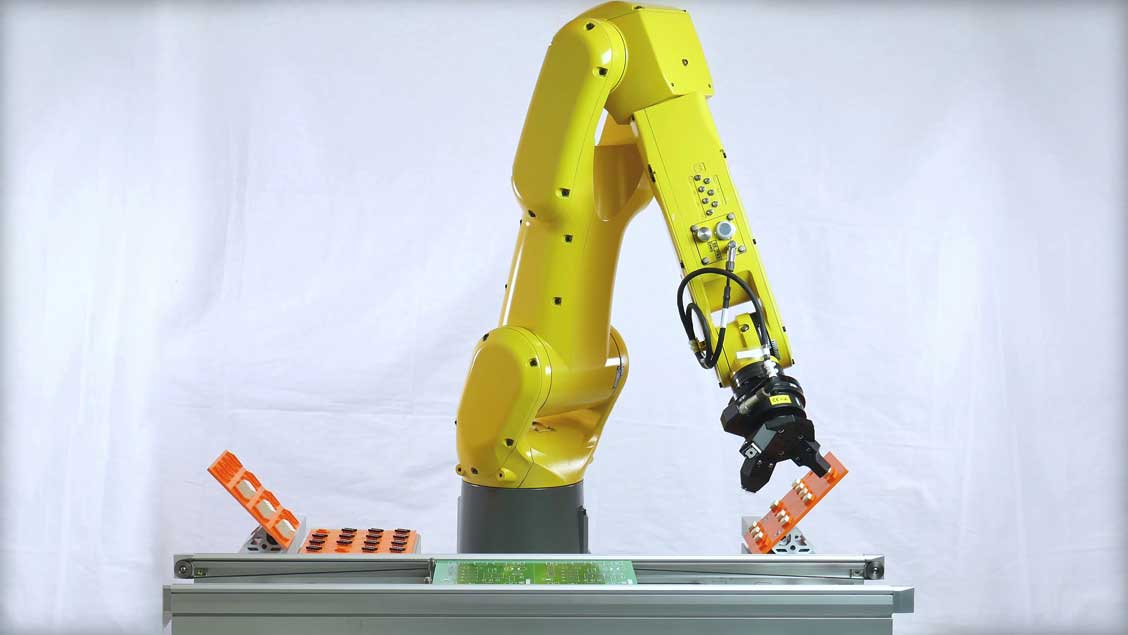
 Researchers at the Fraunhofer-Gesellschaft in Regensburg and Sulzbach are working together with industry partners on a novel analysis method in the "Virosens" project to make the efficacy testing of vaccines more efficient and cost-effective. The method combines electrochemical sensors and biotechnology and for the first time enables a fully automated analysis of the infection status of test cells.
Researchers at the Fraunhofer-Gesellschaft in Regensburg and Sulzbach are working together with industry partners on a novel analysis method in the "Virosens" project to make the efficacy testing of vaccines more efficient and cost-effective. The method combines electrochemical sensors and biotechnology and for the first time enables a fully automated analysis of the infection status of test cells.
 Synthetic fuels should significantly improve the climate footprint of conventional drives. New results from materials research at Freudenberg Sealing Technologies now show what influence the OME, which is being discussed as a diesel replacement, has on the long-term stability of seals. Accordingly, seals based on the already widespread material fluororubber (FKM) are basically also suitable for renewable fuels. But there are surprisingly large differences between the individual FKM types.
Synthetic fuels should significantly improve the climate footprint of conventional drives. New results from materials research at Freudenberg Sealing Technologies now show what influence the OME, which is being discussed as a diesel replacement, has on the long-term stability of seals. Accordingly, seals based on the already widespread material fluororubber (FKM) are basically also suitable for renewable fuels. But there are surprisingly large differences between the individual FKM types.
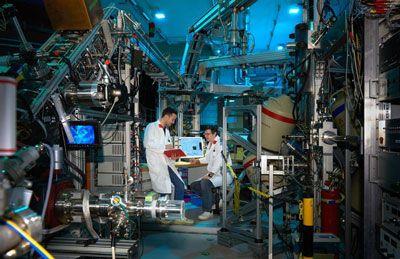
Batteries, the cathode consists of a mixture of nickel, manganese, cobalt and lithium, are currently considered the most efficient. But they have a limited lifespan. From the first cycle they lose up to 10% of their capacity. Why is that and what can be done against the subsequent gradual loss of capacity, now has explored an interdisciplinary team of scientists at the Technical University of Munich (TUM) using positron accurate.
The solar airplane glides quietly and easily Icare across quantities in the district of Sigmaringen. The University of Stuttgart tests with high precision in a flying laboratory Navigation technology. The scientists collect data for navigation and flight control. With this one would like to get a little closer to autonomous flying, as it is in one air taxi can be found.
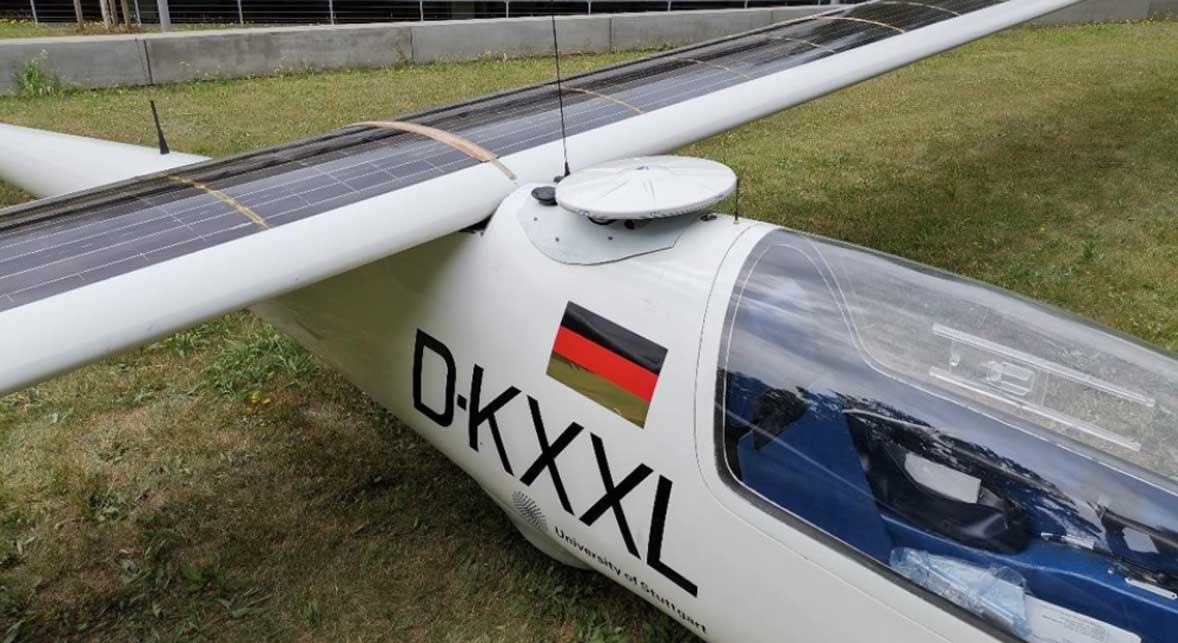
 In combination with domestic granite or other hard stones, carbon fibers enable completely new construction materials and building materials. Theoretical calculations show that if the carbon fibers are made from algae oil, the production of innovative materials removes more carbon dioxide from the atmosphere than is released. A research project led by the Technical University of Munich (TUM) is now to advance these technologies.
In combination with domestic granite or other hard stones, carbon fibers enable completely new construction materials and building materials. Theoretical calculations show that if the carbon fibers are made from algae oil, the production of innovative materials removes more carbon dioxide from the atmosphere than is released. A research project led by the Technical University of Munich (TUM) is now to advance these technologies.
drive a Tenneco company, and several research partners have a mobilityscholarship obtained from the Marie Skłodowska-Curie Actions of the European Union, which is more advanced in development and testing Wheel module-Concepts for autonomous vehicles should flow.
